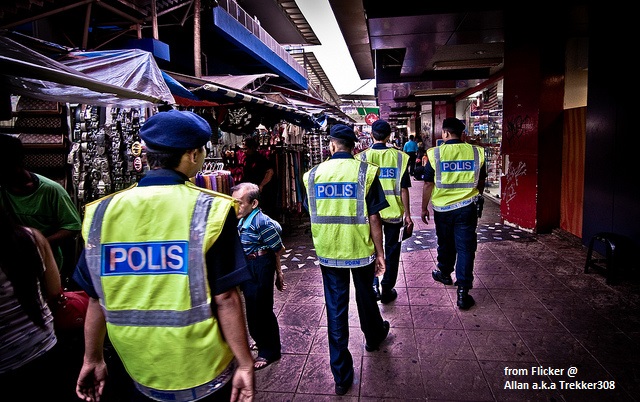Malaysia once planned to have nuclear power plants by 2021. Here’s why it didn’t happen.

- 923Shares
- Facebook860
- Twitter14
- LinkedIn13
- Email12
- WhatsApp20
Water and electricity are perhaps the two basic things most modern Malaysians can’t live without. For water, we might worry about running out during a drought, but can we ever run out of electricity? Technically yes, but we’ll explain more on that later.
For now, we’ll just say that with more and more Malaysians appearing every year, there is a need for the government to think about making more electricity to keep up with the increase. A few years back, we came quite close to using nuclear power to make electricity, but in more recent times our stance on nuclear energy is a huge… NO.
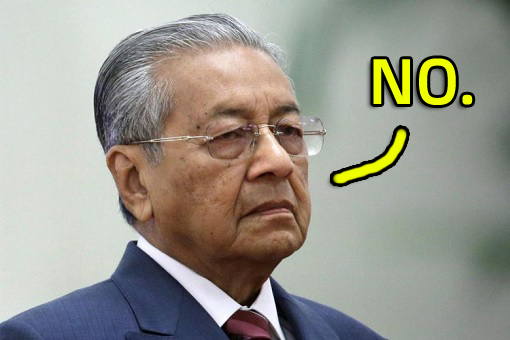
The most recent statement supporting that was at an event organized by the Chamber of Commerce and Industry France Malaysia. Dr Mahathir Mohammad had said that we won’t be building any nuclear power plants. Well, at least not until there is a safe way to get rid of the radioactive waste generated.
“If you have a nuclear power plant, you will accumulate nuclear waste which is radioactive and until now they do not know how to reverse the process… We don’t want this country to be full of such waste thrown all over the place and affecting people,” – Tun Dr Mahathir, as reported by The Edge Markets.
Mahathir being wary of radioactive waste being ‘thrown all over the place’ wasn’t really surprising, as…
Mahathir had a bad experience with radioactive materials during his first tenure
Consider this quote:
“When I was prime minister before there were two things that people did not do, they don’t smoke near me and they don’t generate electricity using nuclear power.” – Dr Mahathir, as reported by The Edge Markets.
In one of his interviews, Mahathir mentioned something about Malaysia’s previous mishap with something called tin tailings, locally known as amang. Amang is a waste ore from tin mining activities, and Malaysia seemed to process it once to get a material used to make color televisions. The material is probably some kind of rare earth metal, the process of extracting which can produce radioactive by-products.
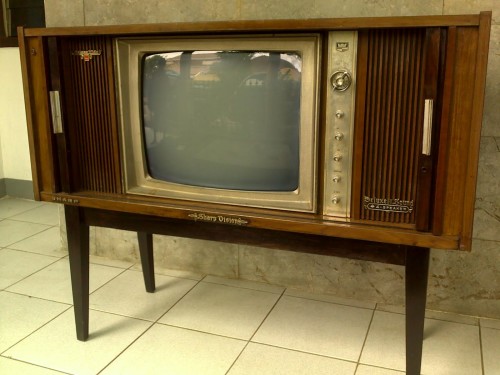
However, Mahathir said that people then found other ways to produce color TVs without using amang, and we are left with amang residue, which is radioactive. The government then had to bury the residue in a 1km square area under thick cement to contain the threat of radiation leak.
“We lost a big piece of land because it was not safe for it to be used. So that was our experience with radioactive materials,” – Dr Mahathir, as reported by The Star.
While we couldn’t find records of any amang incidents in Malaysia’s past, the material Mahathir mentioned could be the rare earth element yttrium, which was used to make red light in older TVs that use cathode-ray tubes. Considering that yttrium can be obtained from an ore called monazite, a by-product of tin mining containing radioactive elements, Mahathir was likely talking about the incident involving Asia Rare Earth Sdn Bhd, which opened one year after he started his first tenure as the prime minister.
You can read more about the incident here, but it was considered one of the most serious cases of radioactive contamination in Malaysia, and the cleanup had been a headache for the government. So it was understandable if nobody dared to mention the possibility of a nuclear reactor for Malaysia in Mahathir’s presence. In 2003 however, Mahathir retired as Prime Minister in Malaysia.
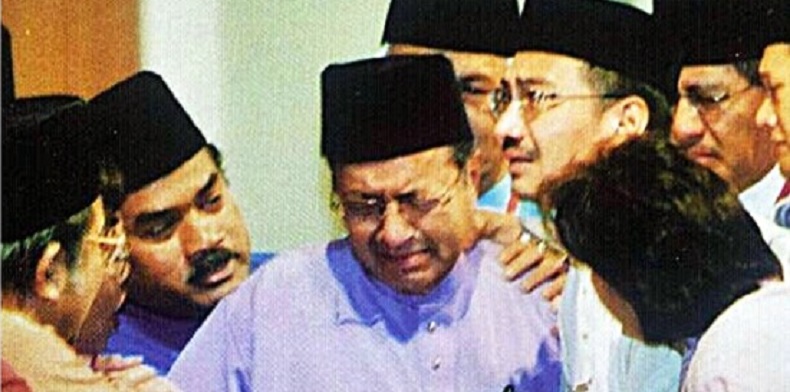
Less than a decade after that…
We started looking into nuclear energy because fossil fuels won’t last forever
What resources? Basically, a lot of electricity generation involves turning something called a turbine, which in turn turns magnetic coils or something and makes electricity. Because we can’t find enough hamsters to put on treadmills to turn those turbines, we either use steam by boiling water using fossil fuels (like coal, natural gas or oil), or put the turbines in dams (hydro) and let gravity do the work.

Our ability to make electricity among other things depends on how much fuel we have available to burn, or how much forest we’re willing to sink to make dams. In the 1970s, the main fuel for Malaysia’s electricity was oil, and by the 1980s the government came up with policies to not use so much oil and use more of other fuels like gas and coal as well hydropower. This sort of became known as the Four Fuel Policy.
While the diversification did reduce our reliance on oil for electricity, we used more gas and coal, which brought concerns because we could run out of gas, and the coal we’ve been importing have been getting real expensive. This led the government in the 2000s to think of using nuclear power as an electricity source.
“The Government was left with no choice but to use nuclear energy as it was the better alternative” – Datuk Shaziman Abu Mansor, then Energy, Water and Communications Minister, in 2008.
In the 2000s as well, the Four Fuel Policy was amended to include a fifth fuel: Renewable Energy (RE), which includes solar energy and wind, among other things. Nuclear energy, being a non-renewable energy, would then unofficially be the sixth fuel in Malaysia. Nevertheless, nuclear energy was mentioned in the 2009 National Budget, which happened near the end of Abdullah Ahmad Badawi‘s (aka Pak Lah’s) tenure.

In the budget speech, it was said that Malaysia needed to look for new, long-term solutions for out energy needs. Besides making our current use of energy resources more efficient as well as putting more effort in developing alternative energy sources (like solar, wind, and biofuels), the government will also start exploring nuclear energy.
Nuclear energy was looked into seriously after that… but there was no clear answer
Sometime in April 2009, Malaysia changed hands from Pak Lah to Najib Razak. In September 2010, the Economic Transformation Programme (ETP) was launched to turn Malaysia into a high-income economy by 2020. Several National Key Economic Areas (NKEAs) were identified, and one of them had been Oil, Gas and Energy, which nuclear energy research falls into.

In line with the ETP, a Nuclear Power Development Steering Committee was set up, and plans were set up for a first nuclear power plant that would be up and running by 2021. However, it was decided that four things must be achieved before the project can even start.
- The public must be cool with the project.
- Malaysia have to ratify the relevant international treaties.
- The government have to put a good regulatory framework in place.
- There must be approval to use the planned site, including from the people living there.
While in the beginning Malaysia’s plans had some momentum, it flopped a little in 2011 after a major earthquake and a tsunami tag-teamed the Fukushima Daiichi nuclear plant in Japan, causing what was said to be the most severe nuclear disaster the world had ever seen after Chernobyl. Besides discouraging the public, the disaster somewhat caused nuclear power plants to make less sense economically, with new required safety measures driving up the cost for one.
Malaysia wasn’t exactly discouraged by this turn of events. Tenaga Nasional Berhad (TNB), Malaysia’s biggest power provider, for one, had been preparing for a nuclear plant in the meantime, working together with France’s electrical body to develop a comprehensive roadmap towards it, as well as preparing future graduates by offering nuclear energy-related electives at its university (UNITEN) starting 2011.

By 2017, it was reported that Malaysia was almost ready for nuclear power by the International Atomic Energy Agency (IAEA) in terms of judgment and know-how. Basically, we only needed to fix up our regulations and get approval from the Cabinet, and we would have started building a nuke plant.
But public opposition towards nuclear energy had remained strong. This sentiment, plus there being no pressing need to adopt nuclear power as soon as we can, were among the reasons Malaysia’s nuclear plant deadline was pushed back to 2030.
To address the sentiment problem, Datuk Seri Nancy Shukri, a Minister in the Prime Minister’s Department then, had said that the government intends to communicate the idea of nuclear energy to more Malaysians…
“When we talk about nuclear, it is very sensitive. As soon as they hear that word, they think of bombs and nuclear-related accidents. Thus, we need to be very cautious… There is no deadline to this,” – Datuk Seri Nancy Shukri, as reported by The Malaysian Reserve in 2018.
But as things turned out, there was unexpected deadline, which was the rise of Mahathir after the 14th General Elections. Still, one might wonder…
Even if the government hadn’t changed hands, would we have gone through with it anyway?
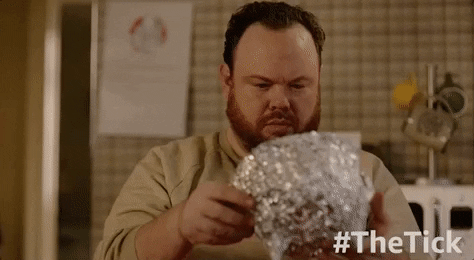
Right off the bat, we’re neither psychics nor political analysts, so take everything here with a grain of salt. On one hand, it would seem that the biggest problem with the previous government’s plans was to convince the people that nuclear energy isn’t that dangerous. There’s really no telling how long it would take for everyone to be on board with a nuclear plant, so the plan could have just kept getting postponed.
However, we could still have nuclear power plants through foreign involvement, possibly from China. As part of its Belt and Road initiative (BRI), China reportedly have plans to build as many as 30 nuclear power plants overseas by 2030 in BRI countries, and Malaysia is a BRI country with a large Chinese-owned independent power producer .
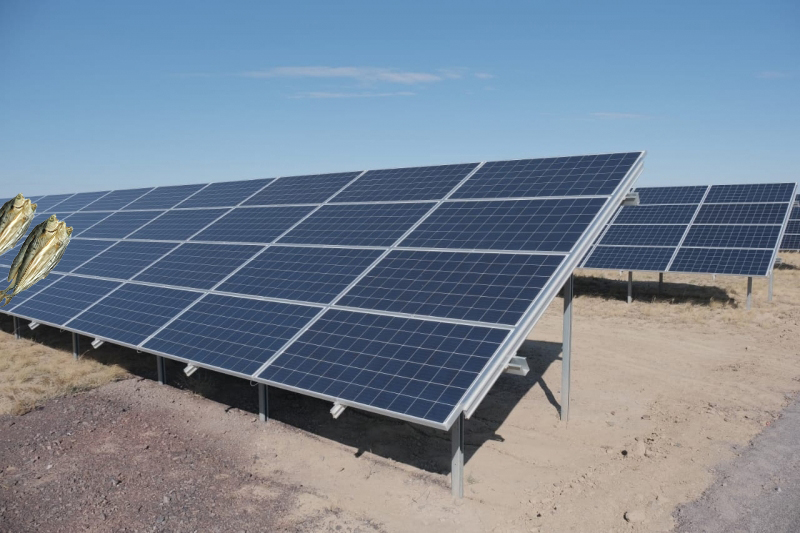
Conspiracy theory-ing aside, we should still look for alternatives to fossil fuels to power our airconds. One possible alternative is solar energy.
“We are trying to generate more power through solar panels. Also there is possibility for us to export clean energy to our neighbours. We have a lot of space, we can even use the sea to install more (solar) panels, so the trend is towards that,” – Dr Mahathir, as reported by The Edge Markets.
Or maybe we can just stick to coal, because as said by Mahathir, we still have a lot of that. With plenty of other electricity alternatives in Malaysia still being under-explored, the nuclear option seemed to be off the table for now.
- 923Shares
- Facebook860
- Twitter14
- LinkedIn13
- Email12
- WhatsApp20

